Your house cat might rule your living room—but out in the wild, it’s the big cats who wear the crown.
They stalk jungles, roar across savannas, and bring down prey with bone-chilling precision. Meanwhile, your tabby knocks a pen off the table and demands snacks. Same family? Yes. Same vibe? Not even close.
Sure, they share the classic feline swagger—but when it comes to strength, survival, and sheer intensity, big cats operate on an entirely different level.
From silent communication to how they hunt, fight, and sleep, the differences run deeper than muscle and roar.
This isn’t just a size issue—it’s a whole different kind of cat.
Here are 13 jaw-dropping ways big cats stand apart from the purring loaf curled up on your couch.
Roaring vs. Meowing

Unlike your cuddly house cat, big cats like lions have the ability to roar. This powerful sound can be heard miles away. While domestic cats communicate through meows, purrs, and hisses, roaring is unique to big cats like lions and tigers.
Roaring is a social mechanism, often used to establish territory or communicate with other members of the pride. In contrast, domestic cats meow mainly to interact with humans.
This distinction in vocal abilities highlights both the wild nature of big cats and the domesticated lives of our feline companions. The next time your cat meows, imagine the roar of its distant cousins.
Size and Strength
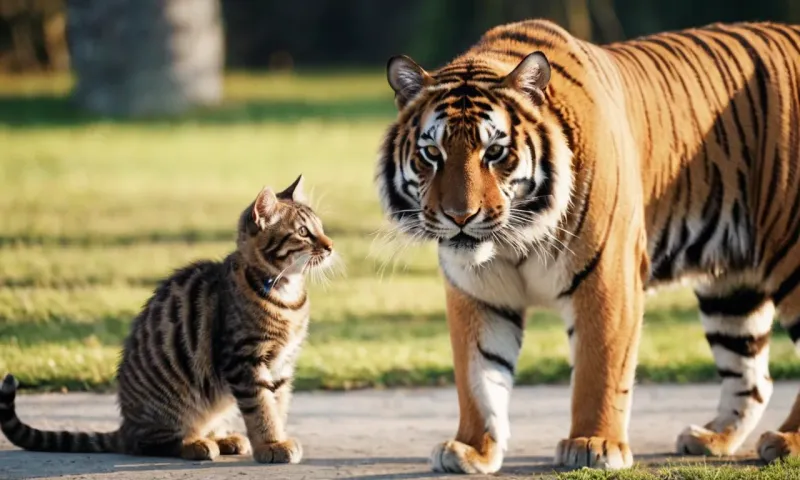
Size truly matters in the world of cats. Big cats such as tigers and lions possess immense strength, making them powerful predators. Tigers, for instance, are the largest of the big cats, with some males weighing up to 600 pounds.
Domestic cats, on the other hand, are designed for agility and playfulness rather than raw power. Their smaller size allows them to fit into our homes comfortably.
While both big cats and domestic cats have muscular builds, the sheer size and strength of big cats set them apart. This physical disparity is a testament to their roles as apex predators in the wild.
Social Structures
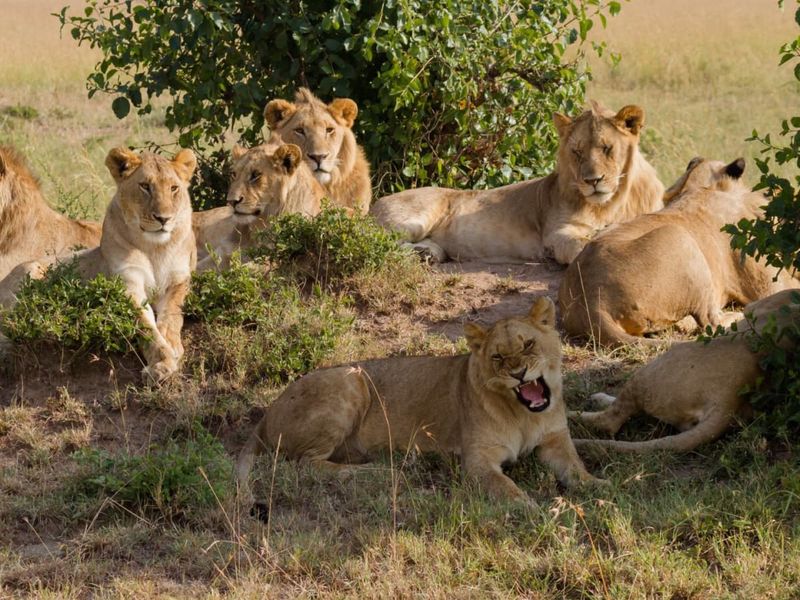
In the wild, big cats exhibit complex social structures. Lions, for example, live in prides consisting of multiple females, their cubs, and a few males. This social arrangement is vital for hunting and protection.
Domestic cats, however, are more solitary by nature. While they can be social and enjoy companionship, they don’t form the tight-knit groups seen in their wild counterparts.
This difference in social behavior highlights the distinct evolutionary paths taken by big cats and domestic cats. Understanding these social structures offers a glimpse into the lives of these magnificent animals.
Hunting Techniques
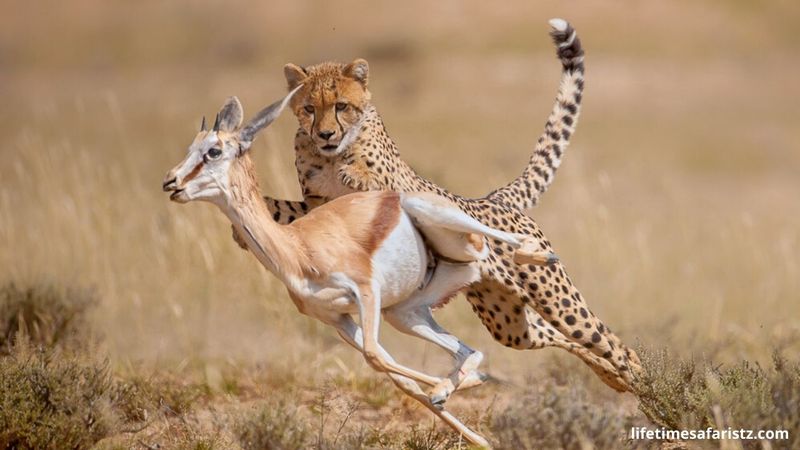
Big cats are masters of the hunt, each species displaying unique techniques suited to their environments. Leopards, for instance, rely on stealth and surprise, often hunting alone.
They blend seamlessly into their surroundings, waiting for the perfect moment to pounce. Domestic cats also exhibit hunting behaviors, but on a much smaller scale. Their pouncing and stalking instincts can be seen in play activities.
While your tabby may chase a toy mouse, leopards are after much larger prey. These hunting strategies reflect the adaptive qualities that have allowed big cats to thrive across various habitats.
Territorial Range

Big cats are known for their extensive territorial ranges. Tigers, for instance, require vast areas to roam and hunt. Their territories can span hundreds of square miles, providing the space necessary for finding food and mates.
Domestic cats, however, have much smaller territories, often limited to a household or a garden. This difference in range is linked to their lifestyles and survival needs.
While domestic cats are content within defined boundaries, big cats depend on expansive territories. This territorial behavior underscores the wild instincts that govern the lives of big cats in their natural habitats.
Dietary Needs
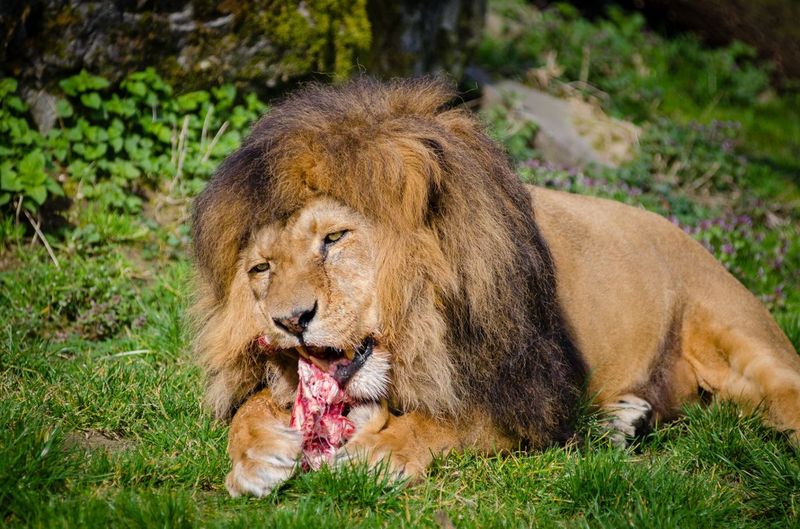
Big cats are obligate carnivores, relying solely on meat for their nutritional needs. Cheetahs, for example, hunt and consume prey like gazelles. This high-protein diet is crucial for their energy-intensive lifestyle.
Domestic cats share this carnivorous trait, but their diet can be more varied with commercial cat foods. While both big cats and domestic cats need meat, the scale and method of obtaining it differ greatly.
Domestic cats rely on humans for food, whereas big cats must hunt to survive. These dietary differences reflect the distinct ecological roles of big cats and their smaller relatives.
Physical Adaptations

Big cats have developed remarkable physical adaptations to thrive in diverse habitats. Snow leopards, with their thick fur and large paws, are well-suited for cold mountainous regions.
These adaptations aid in temperature regulation and movement across snow. Domestic cats also have physical adaptations, like retractable claws and keen senses, but they are not as specialized.
The unique adaptations of big cats illustrate their evolutionary success in harsh environments. These physical traits enhance their ability to hunt, survive, and flourish in the wild, making them formidable predators in their natural settings.
Communication Methods
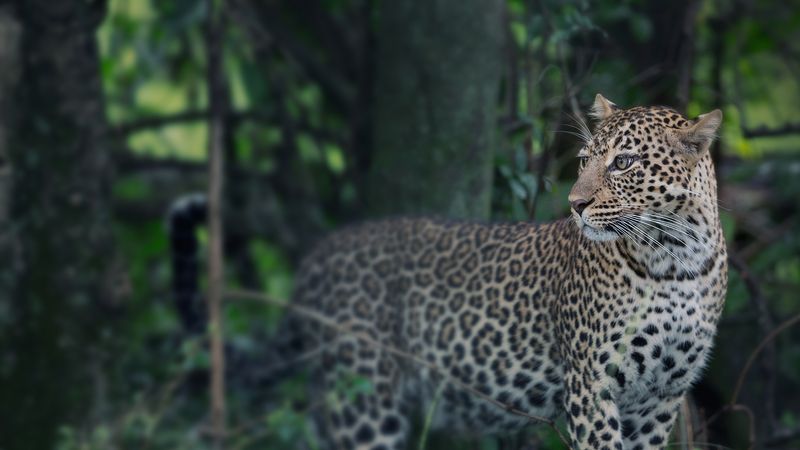
Communication in big cats goes beyond vocalizations. Tigers, for instance, use scent marking to communicate with others. They spray urine or rub scent glands against trees to signal territory.
Domestic cats also mark their environments, but on a smaller scale, often rubbing their faces on furniture. This olfactory communication is a vital part of social interaction in big cats.
It conveys information about identity, territory, and mating readiness. While domestic cats employ similar methods, the stakes are much higher for their wild counterparts. This communication system reveals the complex social lives of big cats.
Reproduction and Offspring

Reproduction in big cats involves unique behavioral patterns. Lionesses, for example, often synchronize births, ensuring cubs are raised together. This cooperative rearing increases their chances of survival.
Domestic cats also exhibit maternal care, but their reproductive cycles are more frequent and less synchronized. This difference in reproductive strategies highlights the challenges faced by big cats in the wild. Raising offspring in harsh environments requires cooperation and strategy.
Domestic cats, in contrast, benefit from human support. These reproductive behaviors showcase the resilience and adaptability of big cats in nurturing their young.
Lifespan and Longevity

Big cats generally have shorter lifespans compared to domestic cats. Jaguars, for instance, live around 12-15 years in the wild. Domestic cats, with the care provided by humans, can live up to 20 years or more.
This difference in longevity is influenced by environmental pressures and lifestyle. Big cats face threats from predators, competition, and disease, impacting their lifespan. Domestic cats enjoy a sheltered life, free from many of these dangers.
This disparity in lifespan underscores the contrasting experiences of wild and domestic cats, reflecting the challenges and comforts of their respective worlds.
Behavioral Traits

Behavioral traits in big cats vary greatly from those of domestic cats. Cheetahs, known for their speed and agility, display playful behaviors, especially as cubs. This play is crucial for developing hunting skills.
Domestic cats also exhibit playfulness, but their activities are more leisurely and less survival-driven. These behavioral differences highlight the distinct evolutionary paths of big cats and domestic cats.
While both enjoy play, the motivations and outcomes differ significantly. Understanding these behaviors provides insight into the instincts and adaptations that define the lives of big cats in their natural habitats.
Sensory Abilities

Big cats possess extraordinary sensory abilities. Lions, for instance, have excellent night vision, allowing them to hunt effectively in low-light conditions. This adaptation is crucial for their survival.
Domestic cats also have keen senses, but their abilities are not as extreme. While both big cats and domestic cats rely on sight, smell, and hearing, the intensity and purpose differ. The heightened senses of big cats are tailored to their roles as apex predators.
These sensory adaptations enable them to navigate and dominate their environments, showcasing the evolutionary brilliance of these majestic creatures.
Conservation Status
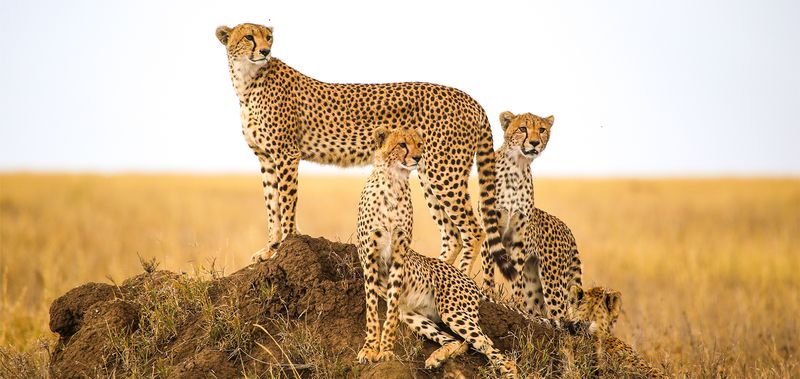
The conservation status of big cats is a pressing issue. Many species, such as the Amur leopard, are critically endangered due to habitat loss and poaching. Efforts to protect these majestic animals are crucial for preserving biodiversity.
Domestic cats, on the other hand, thrive in human environments with no conservation concerns. This stark contrast highlights the challenges faced by big cats in the wild. Conservation initiatives play a vital role in ensuring their survival.
Understanding the threats to big cats underscores the importance of global efforts to protect these magnificent creatures and their habitats.

